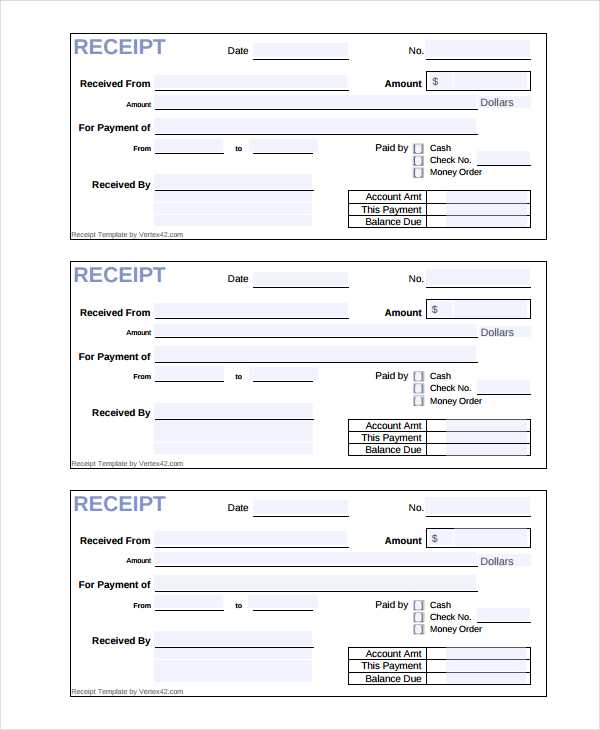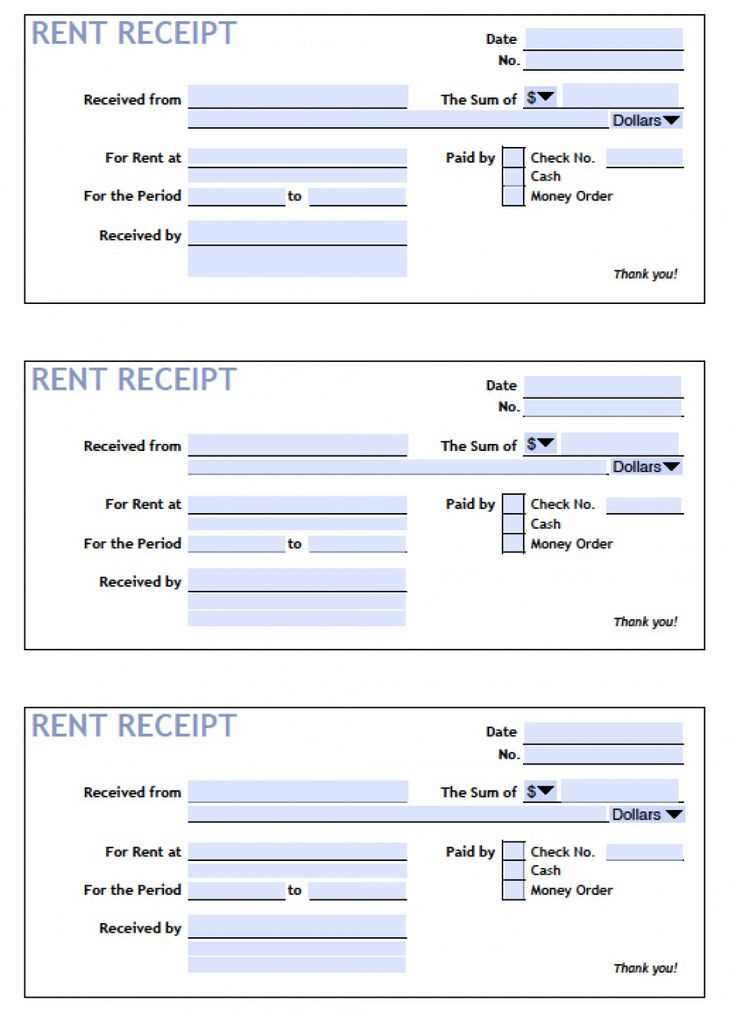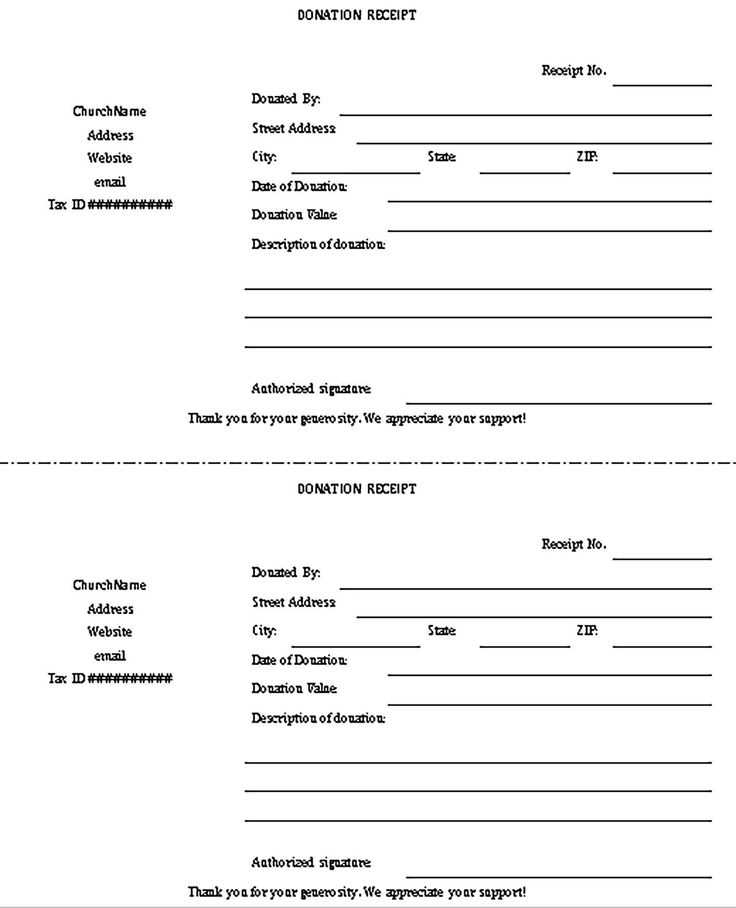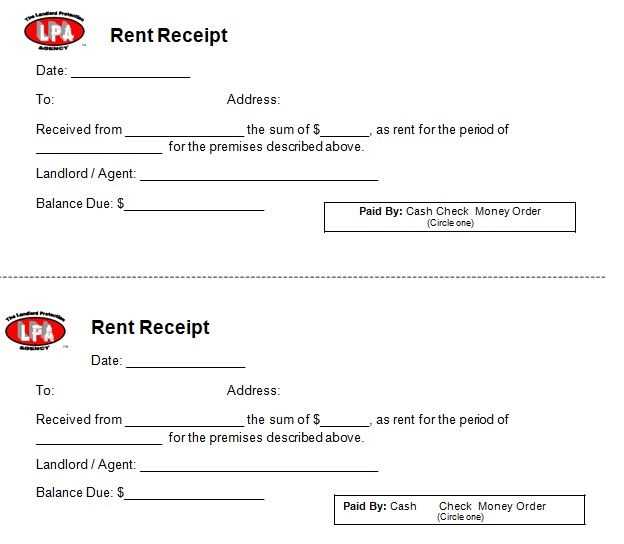
If you need a quick, straightforward way to document a transaction, the “As Is” receipt template is exactly what you’re looking for. This template simplifies the process by clearly stating that the item or service is sold without any guarantees or warranties. Whether you’re selling used items, offering a service, or handling casual exchanges, this template helps protect both parties involved by specifying the terms of the sale.
Start by including basic transaction details such as the names of both parties, the date of the transaction, and a brief description of the item or service. Specify that the sale is “as is,” meaning that the buyer accepts the item in its current condition. This helps avoid future disputes about refunds or returns. You should also add the agreed-upon price and payment method.
The “As Is” clause can be a game-changer when you want to avoid responsibility for post-sale issues. With this simple addition, you’re making sure the buyer understands they are purchasing without the expectation of future support. This straightforward approach makes everything clear, reducing the potential for misunderstandings.
Here’s the corrected version:
Ensure you include all necessary details, such as the transaction date, item or service description, price, and any applicable taxes. Keep the format clean and simple, allowing for quick reference. Use a clear header to label the receipt, like “Receipt” or “Invoice,” followed by a unique identifier or number for easier tracking.
Include sections for both the buyer and seller’s information. Use bullet points or tables to present items in a structured manner, making it easier to read. This reduces confusion and simplifies the tracking of purchases. At the bottom, add a space for both parties to sign if needed.
Ensure that the total amount is bold and easily distinguishable from other details. Always leave room for any additional notes, such as payment method or terms of service. Lastly, review the document for any errors before finalizing it to avoid future misunderstandings.
As is Receipt Template: A Practical Guide

How to Create a Clear “As Is” Receipt for Used Goods Transactions

Specify the item’s condition with precise language. Avoid vague terms like “good” or “fair”–instead, use detailed descriptions such as “scratched screen, fully functional” or “battery holds 50% charge.” Include serial numbers, model details, and any known defects.
Clearly state that the item is sold “as is,” meaning no guarantees or refunds. Use phrasing like “Seller makes no warranties, express or implied” to eliminate ambiguity. Require both parties to sign and date the receipt, acknowledging that the buyer accepts all risks.
Common Mistakes to Avoid in an “As Is” Template

Leaving out a buyer acknowledgment section can lead to disputes. Include a statement where the buyer confirms understanding that the purchase is final. Avoid handwritten receipts with missing details–use a structured format with fields for item description, price, date, and signatures.
Failure to specify payment method can cause misunderstandings. Indicate if payment was made in cash, via bank transfer, or another method. If applicable, mention any deposit and balance due, ensuring a complete transaction record.


